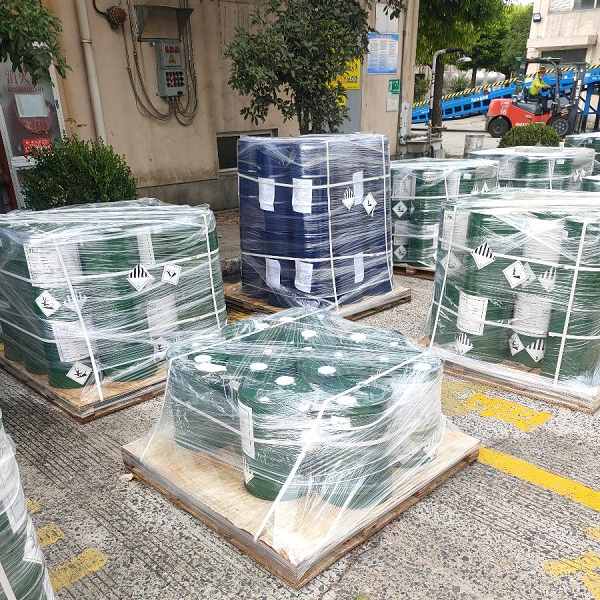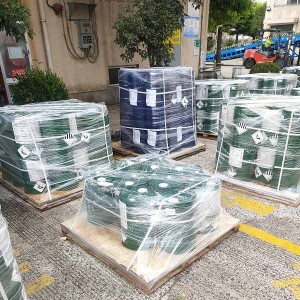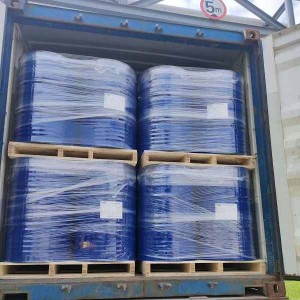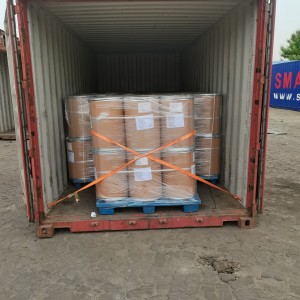CAS 9002-17-9 Xanthine oxidase
Xanthine oxidase CAS 9002-17-9 is an enzyme with low specificity that can catalyze hypoxanthine to produce xanthine, which in turn generates uric acid, and can directly catalyze xanthine to produce uric acid. It is a flavinase containing molybdenum, non heme iron, inorganic sulfides, and FAD, found in milk, animals (especially bird liver and kidneys), insects, and bacteria.
Chinese name: Xanthine oxidase
Foreign name: xanthine oxidase
CAS number: 9002-17-9
EINECS number: 232-657-6
Application
1. Participate in the breakdown and metabolism of nucleic acids in the body
Uric acid in the human body is mainly composed of nucleic acids and other purine compounds metabolized by cells, as well as purines in food, which are broken down by enzymes. Uric acid is the final product of the breakdown and metabolism of adenine and guanine, the components of nucleic acid, in the human body. Hypoxanthine and xanthine are direct precursors of uric acid. Under the action of xanthine oxidase, hypoxanthine is oxidized to xanthine, which is then oxidized to uric acid.
2. Promote the absorption and transport of iron
In small intestinal mucosal cells, xanthine oxidase oxidizes ferrous ions absorbed from food into high iron ions, which bind to plasma transferrin and are absorbed as blood and transported to various tissues.
3. Detection of SOD (superoxide dismutase) activity
Xanthine oxidase can catalyze the oxidation reaction of xanthine in the presence of oxygen to produce uric acid and oxygen radicals. The generated superoxide anion free radical oxidizes hydroxylamine to form nitrite, which appears purple red under the action of a chromogenic agent. Its absorbance is measured using a visible light spectrophotometer. When the tested sample contains SOD, it has a specific inhibitory effect on superoxide anion radicals, reducing the formation of nitrite and reducing the absorbance of the measuring tube, thus calculating the SOD activity in the tested sample.
4. Antibacterial activity of xanthine oxidase products
At present, one view suggests that the increase in xanthine oxidase activity in tumor tissue leads to an increase in free radical production, which can both induce tumors and promote tumor growth. Another view suggests that the increase in xanthine oxidase activity in tumor tissue is a protective reaction of the body after the occurrence of tumors, with the aim of producing more free radicals to kill tumor cells. Experiments have shown that the tumor grows again after the addition of xanthine oxidase inhibitors. Some chemotherapy drugs can combine with free radicals produced by xanthine oxidase to kill tumor cells, which greatly enhances the therapeutic effect of the drugs. These phenomena indicate that the free radicals produced by xanthine oxidase catalyzing hypoxanthine indeed have a killing effect on tumor cells. However, it should also be noted that when xanthine oxidase catalyzes the redox reaction of substrates, it produces a large number of free radicals, which have a significant damaging effect on the body. Moreover, it catalyzes the production of uric acid from xanthine while also producing hydrogen peroxide. Excessive accumulation of uric acid in the body can cause gout, while hydrogen peroxide seriously damages human cells. Therefore, The study of the catalytic mechanism of xanthine oxidase has practical significance for clinical medicine.
ChemicalCAS.com offers price quotation and technology support of chemical from China. In the quotation from China factory supplier, we will include price terms, payment, lead time, COA, TDS, MSDS etc. We make sure the reliable purchase source and product quality. If you need to buy chemical from China, please feel free to contact sales@chemicalcas.com













